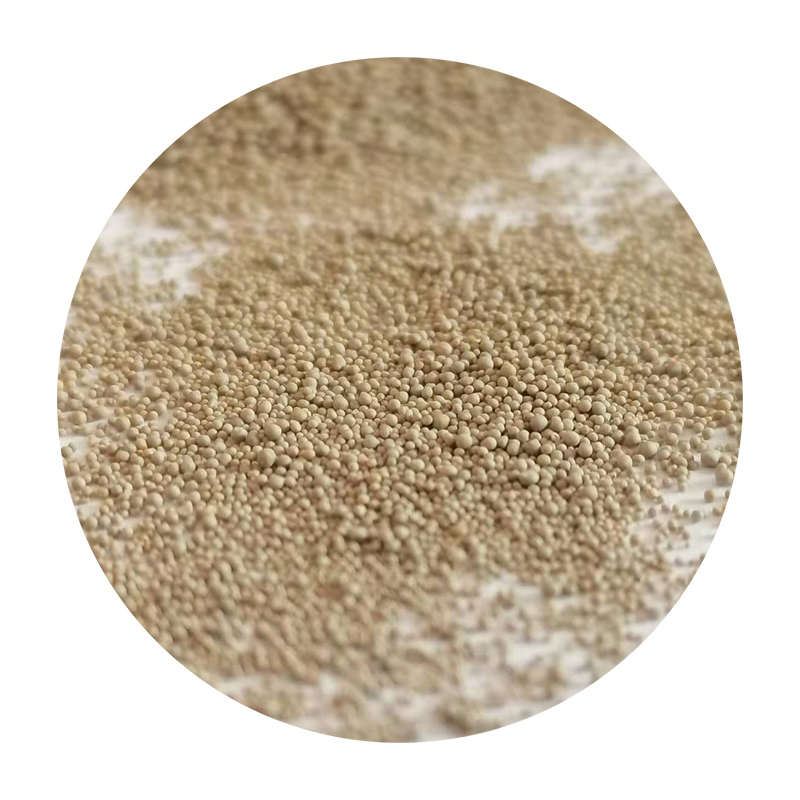Conclusion on Sand Casting Process
Sand casting, one of the oldest and most versatile metal casting techniques, has played a crucial role in the manufacturing industry. This process involves creating a mold from sand that can be used to cast metal parts of various shapes and sizes. Throughout this article, we have explored the intricacies of sand casting, the materials used, its advantages and disadvantages, and its applications across different sectors.
Conclusion on Sand Casting Process
One of the key advantages of sand casting is its flexibility. It can accommodate a wide range of metals, including iron, aluminum, and bronze, making it suitable for various applications in automotive, aerospace, and construction industries. Additionally, sand casting is cost-effective, especially for low to medium production runs. The materials used for sand molds are readily available, and the process itself requires relatively low capital investment compared to other casting methods, such as die casting or investment casting.
sand casting conclusion

Despite its many benefits, sand casting also has certain limitations. The surface finish of castings produced by this method is generally rougher than that achieved through other casting techniques. This may necessitate additional machining operations to achieve the desired surface quality, which can increase production time and costs. In addition, the dimensional accuracy of sand castings typically falls short of that achieved with more advanced techniques, leading to potential difficulties in applications requiring precise tolerances.
Moreover, the environmental impact of sand casting, particularly concerning sand disposal and air emissions during metal pouring, cannot be overlooked. Many companies are now exploring eco-friendly alternatives and recycling practices to minimize their environmental footprint and meet increasing regulatory pressures.
In conclusion, sand casting remains a vital and practical method for producing metal components, especially when considering its adaptability, cost-effectiveness, and widespread application. As industries evolve and technology advances, sand casting is likely to undergo further improvements, enhancing its efficiency and sustainability. Ongoing research focuses on refining the materials and processes used, from innovative binding agents to automated mold making, which could improve the overall quality and performance of sand castings.
In summary, while it has its drawbacks, the enduring relevance of sand casting is evident in its continued use and innovation. For manufacturers and fabricators, understanding the advantages and limitations of sand casting is essential to leveraging this time-tested technique effectively. By aligning sand casting with new technologies and sustainable practices, the future of this process looks promising, ensuring its place in the modern manufacturing landscape.
Post time:Ago . 31, 2024 10:24
Next:sand used in sand casting
